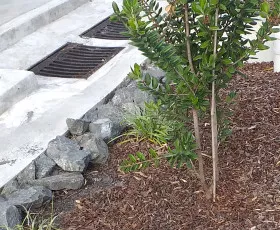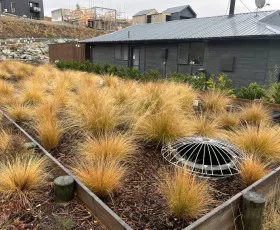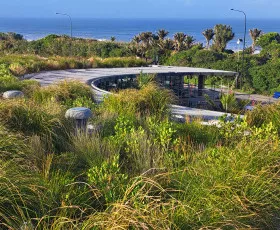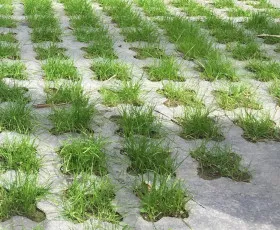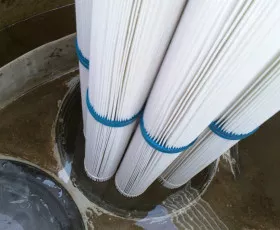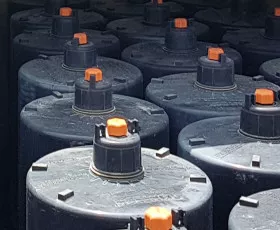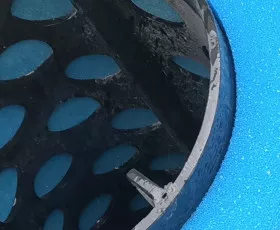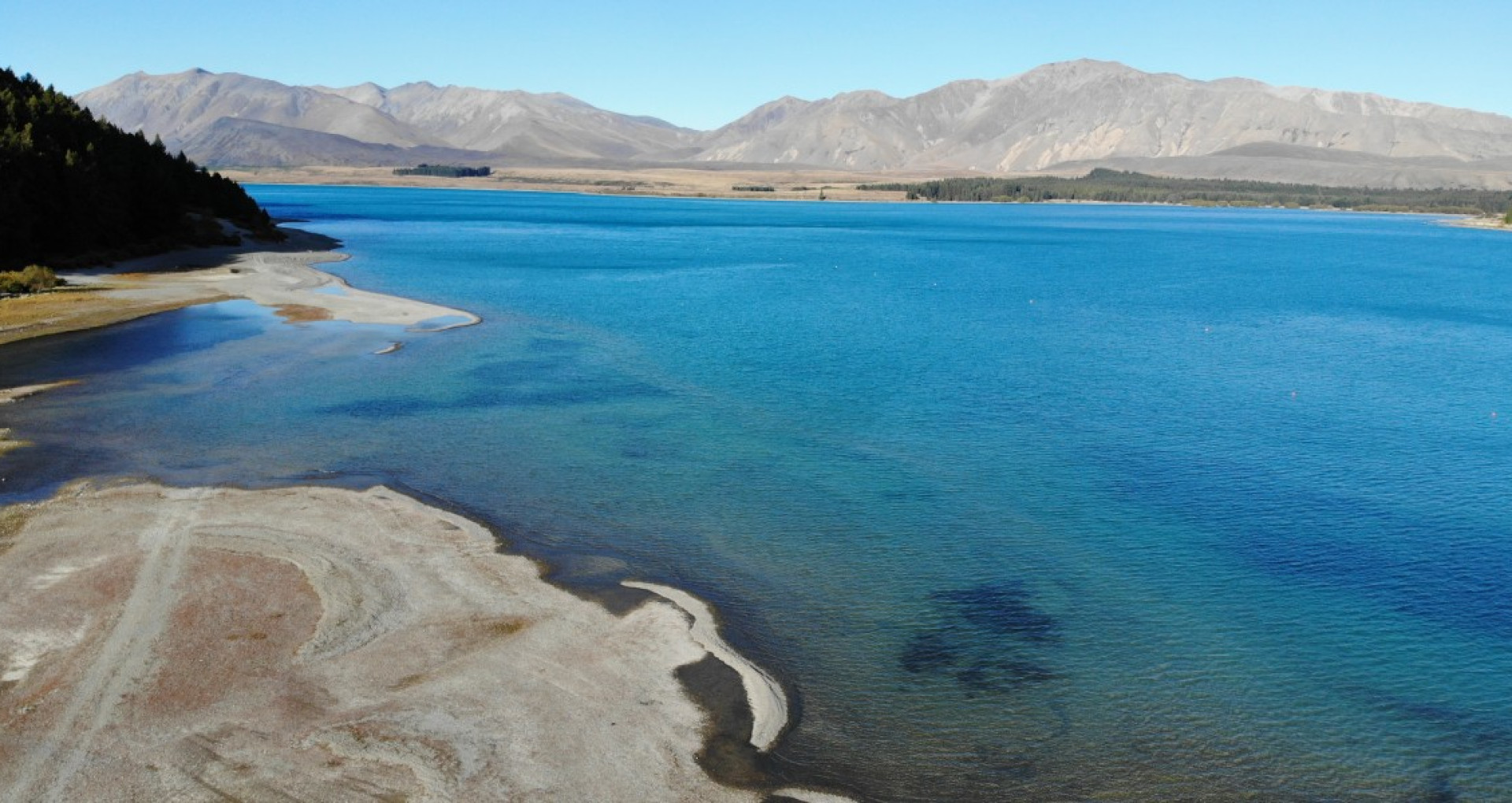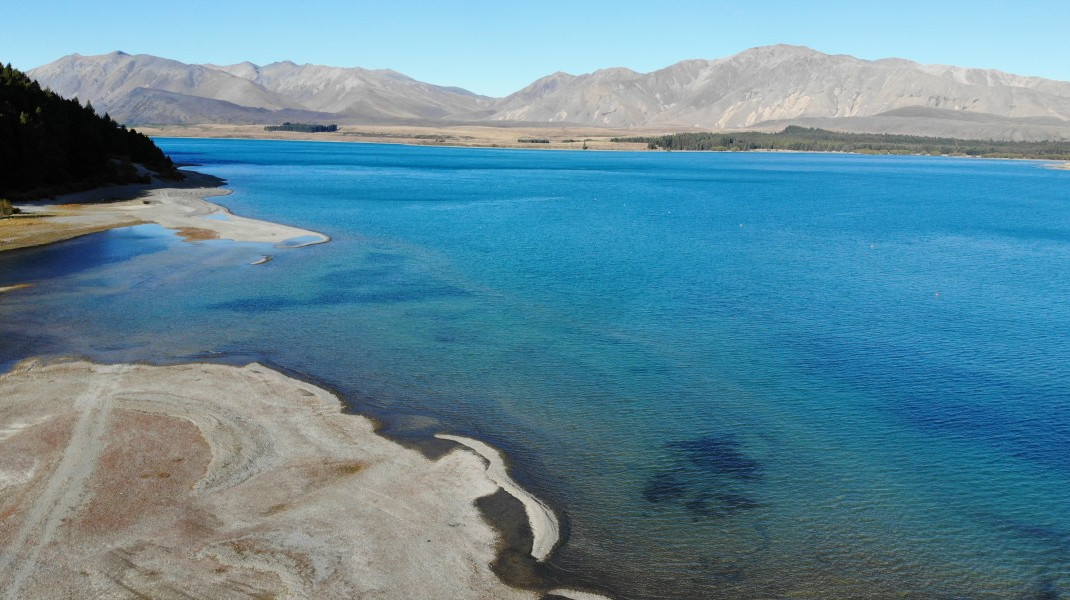What is Water-Sensitive Design?
Water-Sensitive Design (WSD) is a design philosophy that aims to restore the natural water cycle within the urban environment by mimicking natural hydrological processes.
Compared to the natural water cycle, the urban water cycle sees much less infiltration, lower groundwater flows, a lack of evapotranspiration and much more surface runoff (Figure 1). The urban water cycle's excess surface runoff and lower base flows lead to issues such as flooding when there is a large volume of surface runoff in a short space of time, and urban stream syndrome. Urban stream syndrome results in higher flows, deeper incision, stream bank destabilisation, and reduced water quality, which adversely affects the flora and fauna within the riparian zone and the stream itself.
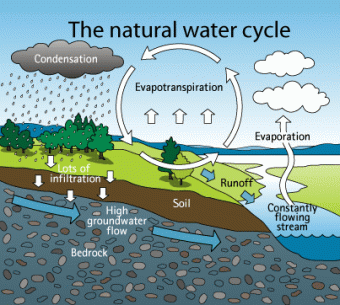 |
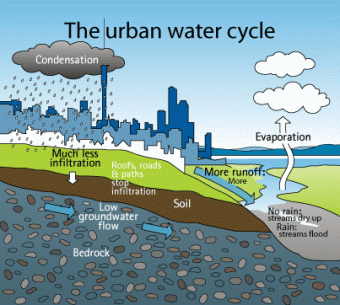 |
Figure 1: The natural water cycle versus the urban water cycle (Garner, 2021)
The holistic approach of WSD recognises the interconnectedness of various elements within the urban ecosystem, from rooftops to rivers, and emphasises an integrated approach that considers water across the entire urban landscape. Water-Sensitive stormwater solutions include systems such as green roofs, permeable pavements, rain gardens, and constructed wetlands.
Grey infrastructure drains cities and slows down the flow of stormwater during rain events, but is the cause of our flood risk and the loss of the environment. Slowing the delivery of the excess runoff to streams and rivers still causes stream bank erosion, and in the face of climate change, many cities are finding their stormwater networks to be undersized. Supplementing and replacing the use of grey infrastructure with water-sensitive solutions and achieving runoff volume reduction via processes such as infiltration and evapotranspiration will lead us to the ultimate goal, which is a water-sensitive city (Figure 2).
 |
Figure 2 The Water-sensitive cities model indicating urban water transition phases (Dolman, 2015)
In addition to environmental services, green spaces provide visual amenity and placemaking. Restoration of the water cycle promotes Mahinga Kai and community engagement. Community engagement is extremely advantageous. By fostering community awareness, participation, and ownership, WSD initiatives not only deliver tangible water management benefits but also provides connection, ownership, and awareness of water resources to promote protection of the water cycle.
In the face of climate change and urbanisation pressures, WSD offers a roadmap to build resilience and adaptability. Through flexible design strategies and innovative technologies, WSD enables urban areas to withstand extreme weather events, minimise flood risks, and ensure the continued availability of clean water resources.
References
Dolman, M. and Hillen, M. (2015) Towards water adaptive cities. World Engineers Summit on Climate Change (WES). Singapore: Research Gate.
Garner, B. (2021) Untangling Stormwater Retention and Detention. Retrieved from Living Architecture Monitor - Water Management - Spring 2021: https://livingarchitecturemonitor.com/articles/stormwater-detention-retention-green-roofs-sp21
